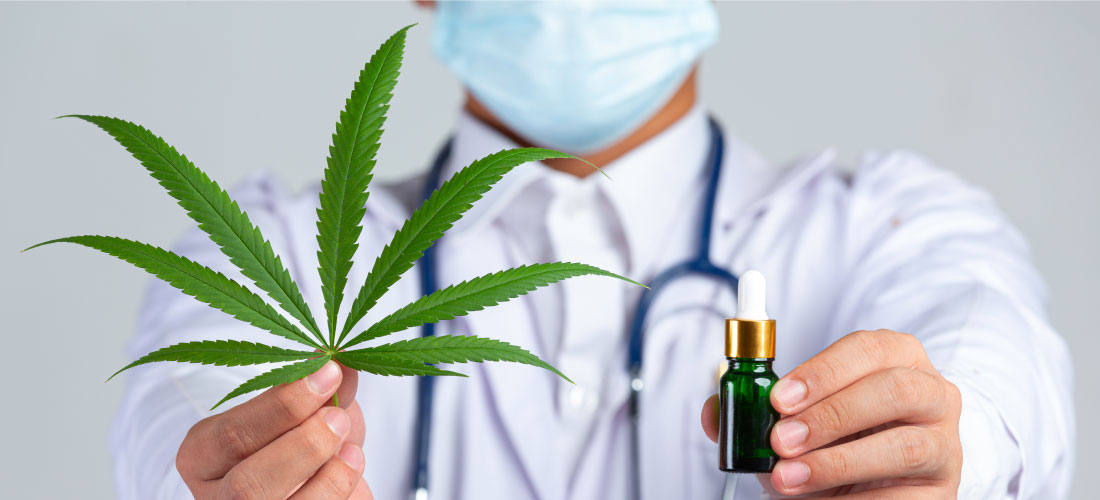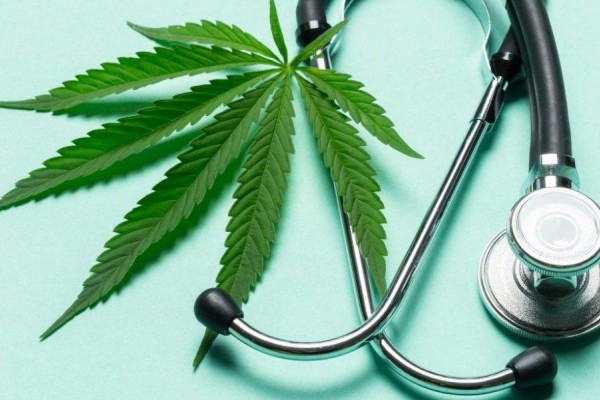Medical varieties of marijuana
Not every cannabis is suitable for treatment. To achieve a stable therapeutic effect, the content of active ingredients in the cones and leaves of the plant must be constant, so medical cannabis varieties are grown with strict control of microclimate and soil parameters.
The most famous varieties of medical cannabis with a balanced combination of CBD and THC:
- ACDC;
- dream queen;
- AK-47;
- Harlequin;
- Hindu Kush and Purple Kush.
Varieties suitable for growing at home:
- Divine Indica;
- Nebula II CBD (CBD content 8-12%);
- Chem Beyond Diesel (8-15% CBD);
- Ice Cool CBD (9-13% CBD);
- Charlotte`s Angel (15% CBD);
- CBD Auto 2011 (10-20% CBD), etc.
Also for medical purposes, varieties with a high content of THC are used – Tutankhamon, Big Devil, Wild Thailand, Critical Neville Haze, Silver Haze, White Widow.

How to Use Cannabis for Medical Purposes
Even the most beautiful variety will not work for the future if you use medicinal marijuana in the same way as recreational marijuana. Firstly, the use for medical purposes is possible only according to indications and under constant medical supervision. In addition, in countries where the medical use of cannabis is allowed, the selection of varieties for patients is carried out exclusively by canna therapists. Self-medication is not much different from ordinary leisure consumption.
Secondly, hammering a joint or smoking a pipe is not a good idea: when burning canna oils and dry mixes, toxic combustion products are formed that prevent the body from fighting the disease. Smoking is recommended to be replaced by more advanced methods of extracting active substances.
Dry buds and cannabis oil are convenient to vaporize through a vaporizer: since evaporation takes place at low temperatures, eliminating smoke, so you can not be afraid of harmful substances. Medical marijuana is also produced in the form of nasal sprays – when inhaled, the aerosol drugs act just as quickly.
Oral use of cannabis provides prolonged action. Synthetic cannabinoids are also available in tablets and capsules, and hemp oil can be used in baking. The remains of dry staff after evaporation and small crystals collected from the bottom of the grinder are also useful for culinary experiments. The main thing is to stop in time: canna-cakes have a cumulative effect, so the effect of exceeding the dosage does not appear immediately and may manifest itself after a few days. It takes up to 20 days for the complete elimination of cannabinoid decay products from the body.
Medical cannabis can help you manage symptoms of cancer such as chronic (long-term) pain, severe nausea, and excessive weight loss. You can also apply CBD topically (on the skin) as an anti-inflammatory. It can help treat pain caused by peripheral neuropathy or other pain in the muscles or body. Some people also claim that CBD helps them fall asleep.
Medical cannabis comes in a variety of forms such as:
- vape electronic cigarettes (electronic devices that heat liquid to vapor that you inhale);
- dried, crushed leaves – this form of cannabis is sometimes referred to simply as “grass”;
- tablets, including capsules and pills;
- lozenges (tablets that melt in your mouth);
- oils;
- powders.
We recommend not to use forms of cannabis intended for inhalation or use as suppositories (candles). Suppositories are medicines that are injected into the rectum.
Discuss with your health care provider how to best consume THC and CBD products. Both of these substances can interfere with the way other medicines work.

Side effects of medical cannabis
The side effects of medical cannabis can manifest themselves in a variety of ways. They depend on the form of cannabis you are taking. The most common side effects include:
- drowsiness (feeling like you want to sleep);
- restlessness (feeling like you can’t relax or find a comfortable position)
- anxiety (strong feeling of anxiety or fear);
- paranoia (obsessive thoughts or feelings that someone is trying to hurt you);
- hallucinations (when you see or hear something that is not there in reality);
- hunger;
- short-term memory loss;
- euphoria (feeling of boundless happiness, excitement);
- problems with concentration;
- changes in blood pressure;
- cardiopalmus;
- confusion;
- nausea;
- vomiting;
- flushing (when the skin becomes red or warm);
- depression (intense sadness);
- insomnia (trouble falling asleep, staying asleep, or waking up too early).
Contact your health care provider if you are concerned about any of these side effects.
